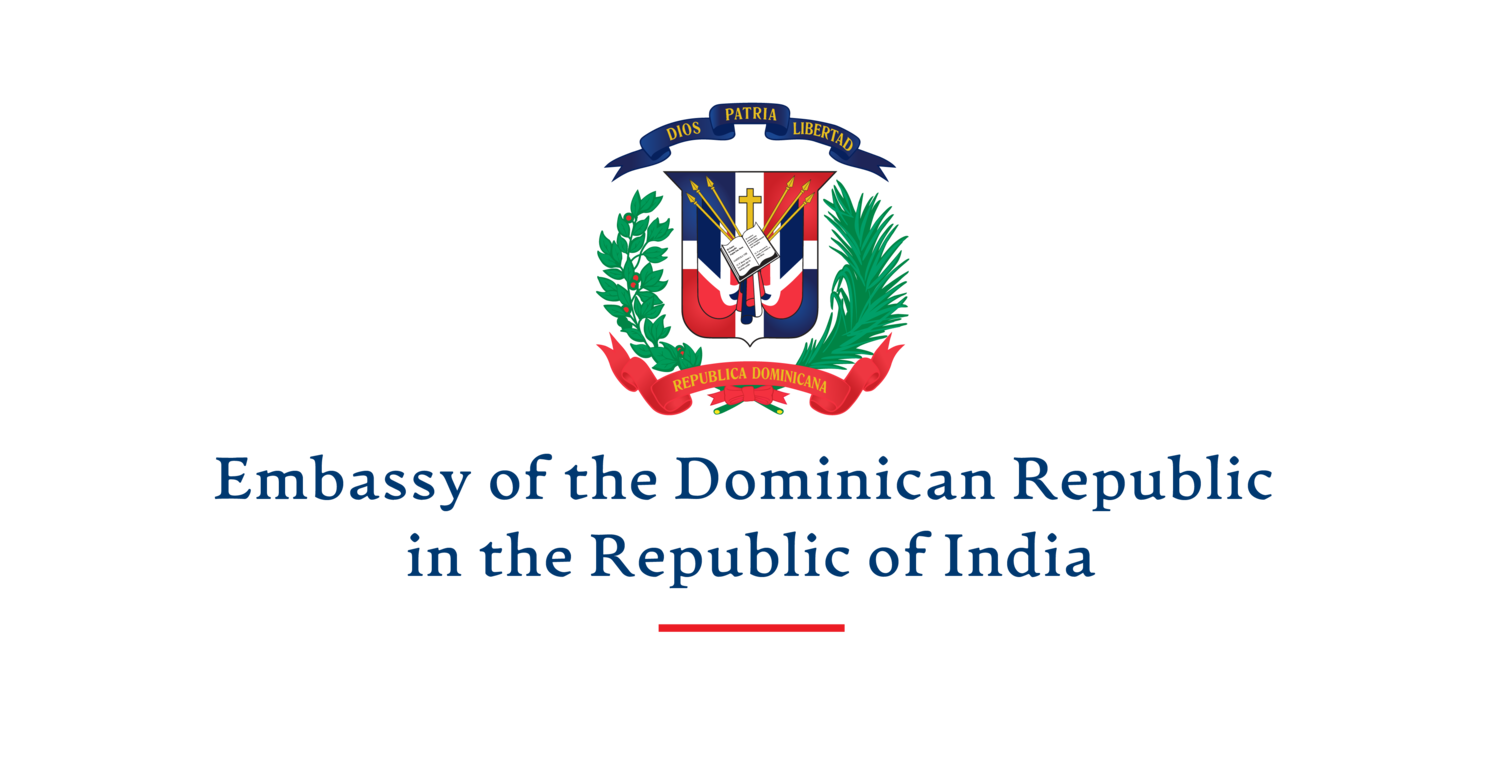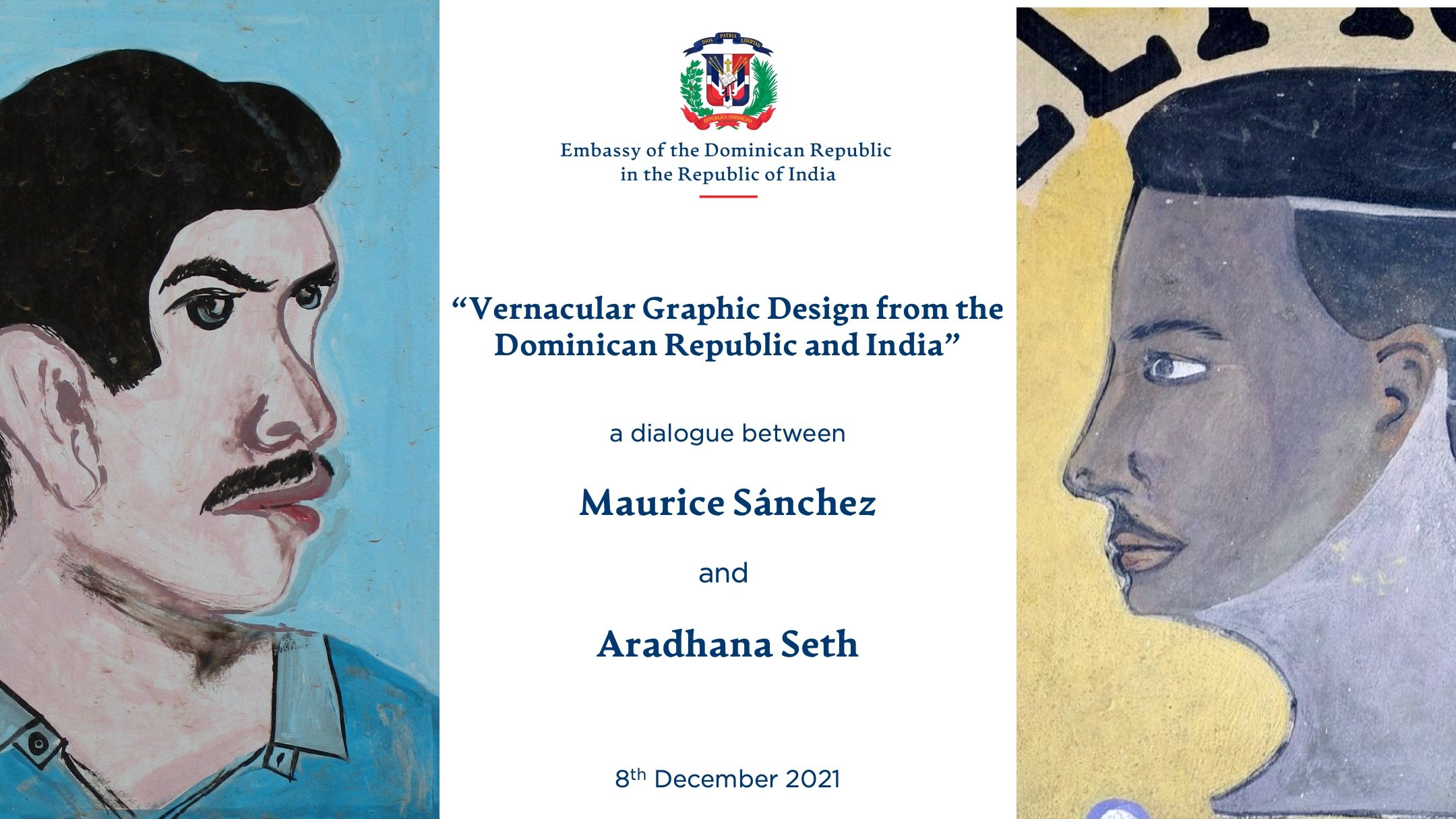

![[D]ISCOVE[R] : Green Energy](https://images.squarespace-cdn.com/content/v1/5feb26eba8df3e6f036b1b42/1609350276312-SVXOBF09XO8T0IZPQYKW/Parque-Eolico-Los-Cocos-Enriquillo-Done.jpg)
![[D]ISCOVE[R] : Chavón](https://images.squarespace-cdn.com/content/v1/5feb26eba8df3e6f036b1b42/1609350273340-NEWLA7O7VHQTX2BKMDRK/Chavon-Done.jpg)
![[D]ISCOVE[R] : Dominican Cacao](https://images.squarespace-cdn.com/content/v1/5feb26eba8df3e6f036b1b42/1609350273476-QRMYLX5QFO4QDLUGCT96/Cacao-Done.jpg)
![[D]ISCOVE[R] : Colonial Zone](https://images.squarespace-cdn.com/content/v1/5feb26eba8df3e6f036b1b42/1609336175430-B3XDJ4O52QMQO1I3VG1Q/Ciudad-Colonial-done.jpg)
![[D]ISCOVE[R] : Barahona, The South!](https://images.squarespace-cdn.com/content/v1/5feb26eba8df3e6f036b1b42/1609335894764-4XC7INW8OM704WTOKIL2/Barahona-done.jpg)
![[D]ISCOVE[R] : Bahia de las Aguilas](https://images.squarespace-cdn.com/content/v1/5feb26eba8df3e6f036b1b42/1609335885588-CVY42332XZ950Q51NAFW/pedernales-done.jpg)


![[D]ISCOVE[R] : Green Energy](https://images.squarespace-cdn.com/content/v1/5feb26eba8df3e6f036b1b42/1609350276312-SVXOBF09XO8T0IZPQYKW/Parque-Eolico-Los-Cocos-Enriquillo-Done.jpg)
![[D]ISCOVE[R] : Chavón](https://images.squarespace-cdn.com/content/v1/5feb26eba8df3e6f036b1b42/1609350273340-NEWLA7O7VHQTX2BKMDRK/Chavon-Done.jpg)
![[D]ISCOVE[R] : Dominican Cacao](https://images.squarespace-cdn.com/content/v1/5feb26eba8df3e6f036b1b42/1609350273476-QRMYLX5QFO4QDLUGCT96/Cacao-Done.jpg)
![[D]ISCOVE[R] : Colonial Zone](https://images.squarespace-cdn.com/content/v1/5feb26eba8df3e6f036b1b42/1609336175430-B3XDJ4O52QMQO1I3VG1Q/Ciudad-Colonial-done.jpg)
![[D]ISCOVE[R] : Barahona, The South!](https://images.squarespace-cdn.com/content/v1/5feb26eba8df3e6f036b1b42/1609335894764-4XC7INW8OM704WTOKIL2/Barahona-done.jpg)
![[D]ISCOVE[R] : Bahia de las Aguilas](https://images.squarespace-cdn.com/content/v1/5feb26eba8df3e6f036b1b42/1609335885588-CVY42332XZ950Q51NAFW/pedernales-done.jpg)
CULTURE BLOG
Fernando Villalona, better known as “Fernandito” or “El Mayimbe”, is a Dominican merengue performer, with a trajectory spanning 5 decades. Our country has literally seen him grow up in the public spotlight, since he started his music career at the tender age of 16. Furthermore, one does not simply earn the “El Mayimbe” sobriquet in the Dominican Republic, for “Mayimbe” is a word in the Taino language meaning “The Boss”. You can draw your own conclusions. It may be difficult to explain how beloved his figure is by all segments of our society. One way to put it would be that Fernandito is “loved to a fault”. Still today, his name continues to be equivalent to Dominican culture and Merengue music across the world.
“An Indian Friend” is a short prose by the Dominican poet, fiction writer and translator Frank Báez, inspired by an image taken by the photographer Bijoy Chowdhury. It was initially published in New Delhi, in 2013, in the second edition of Vislumbres magazine, as part of a project in which Spanish speaking writers were invited to respond to portraits taken by Indian photographers, while Indian authors confronted themselves to images coming from Spain, Portugal and Latin America.
Liborio is a Dominican film based on the life of Olivorio Mateo Ledesma, a.k.a Papá Liborio (Father Liborio), one of the few messianic figures within Dominican culture, directed by film-maker Nino Martínez. World premiered at the International Film Festival Rotterdam 2021, the movie is centred around the uprising of a social-religious movement, Liborism, during the first quarter of the 1900’s in the San Juan province, located in the western side of the Dominican Republic. There Liborio, a peasant who got lost during a hurricane and came 7 days later proclaiming to have received a message from God, and his adepts have built a self-sufficient community, around his figure, which starts to conflict with the local authorities, especially with the occupation regime by US marines, which took place from 1916-1922.
Cayuco, literally a small native fishing dugout, is the sobriquet by which everyone recognizes the Dominican visual artist Genaro Antonio Reyes Mercedes. It’s a fitting name for a sculptor born in Miches, a fishermen town located in the northeast coast of our country belonging to the El Seibo province, endowed with an exceptional natural beauty and infamous for the unauthorized immigration to Puerto Rico by crossing the Mona Passage, a 60 mile stretch of ocean.
Yasser Tejeda is a Santo Domingo born composer, guitarist, vocalist, producer, and musical educator, residing in New York, USA, since 2013. Him, and his band Palotré, are known for their unique approach to our country’s Afro-Dominican traditional musical genres, like Palo, Salve and Sarandunga, wich they fuse with jazz and rock. Together they are one of the spearheads of the contemporary renaissance of Dominican creators, that aim at to embrace all aspects of our musical heritage, beyond the mainstream.
Juan Emilio Bosch Gaviño, Prof. Juan Bosch as he is generally referred to in the Dominican Republic, is among the most multifaceted personalities in our country’s history. Born in La Vega, on the 30th of June 1909, this Dominican writer, politician, historian, essayist, humanist and educator, is one of those rare figures whose life path seems to be inextricably entangled with their society’s development. His figure transcends the borders of our country, positioning himself as one of the most important Latin-American political and intellectual figures of the past century.
Tomás Pichardo Espaillat, a.k.a. “Tomatico”, is a visual artist and storyteller from the Dominican Republic better known for his work as an animator and illustrator. Although his name might not come immediately to mind, you probably have come across his work at some point, for it is ubiquitous on the internet. Born in 1987 in Santo Domingo, this Altos de Chavón (Dominican Republic), Parsons Schools of Design (New York) graduate, and Fábrica Communication and Research Centre (Italy) research fellow, is one of the main Dominican creatives conspicuously participating on the global stage.
In December 2021, we organised the online dialogue “Vernacular Graphic Design from the Dominican Republic and India” between the Indian visual artist Aradhana Seth and the Dominican visual artist Maurice Sánchez. This was the first of a series of dialogues, between creatives from both countries, our mission is working on. The conversation revolved around a topic all of us experience, although not much attention is given to it: the visual language of the everyday locale. Graphic designers and other artists certainly are more acquainted with it, but beyond graffiti, this visual language continues to be vastly unexplored. Both artists have been carrying forward their individual documentation on the topic and we considered it a fitted pairing to bring them together for this conversation
Toné Vicioso is one of the central characters in contemporary music from the Dominican Republic. We use the adjective character because Toné’s journey into discovering and actively promoting Dominican root music is nothing short of awe inspiring and, in our terms, worthy of its own film. For over four decades, he has either collaborated or formed some of the most avant-garde musical projects coming from our country and is highly regarded by many of his peers as a musician among musicians. Not only for his vast musical knowledge but also for his unmistakable sound.
Jaime Guerra is a Dominican visual artist, mostly known for his photographic work. A photographer, cameraman, film editor, creative, publicist, director of photography, and overall image man, Jaime has made an unmistakable contribution to the visual arts from our country since the 90’s. For this entry, exclusively written for our Culture Blog, Jamie departs from the visual to enter another realm of storytelling.
Natalia Cabral and Oriol Estrada belong to the new wave of Dominican filmmakers pushing the boundaries of the cinema being made in our region. These award-winning creators, both graduates of the International School of Film and TV (EICTV) of Cuba, define their work as lying “on the borderlines of fiction and nonfiction”. In 2012, they founded, in the Dominican Republic, the production company Faula Films, with the aim to provide a creative platform for the development and co-production of independent filmmaking in the Caribbean.
Martha Díaz-Adam is a visual artist-anthropologist and documentary photographer, born and raised in Santo Domingo, Dominican Republic. She studied Fine Arts, Cultural Anthropology and Art History at the Utah State University. Over the years, she has developed a body of work that shifts between documentary-style portraits and fine art photography. In her artist statement, she explains that her work aims to “educate the viewer about cross-cultural understanding… through investigation on cultural heritage, traditional livelihoods, preservation of cultures, religious devotional practices, internal & external migration patterns and the empowerment of oppressed ethnic groups”.
There is a plethora of Afro-Dominican cultural expressions to explore. If we take the example of music, almost all Dominican rhythms carry the influence of our rich African cultural heritage. This link is most recognizable – and also more documented – with the Música de Palos. Prohibited during centuries by the religious elites, who considered it as barbaric practices, today the interpretation and dance of Palos is recognized as an integral part of our culture.
Nazes Afroz is an independent writer, photographer, translator, and researcher from India, who is currently based in New Delhi. A journalist for more than four decades, Nazes is former executive editor for BBC World Service, South and Central Asia. His latest book, In a Land Far from Home: A Bengali in Afghanistan, is a translation of the memoir of the noted Bengali scholar and writer Syed Mujtaba Ali’s time in Afghanistan. His photography works have been exhibited in three continents. Also, reportedly, Nazes's cooking skills are legendary.
No exhaustive review of the history of Dominican cinema would be complete without making reference to the work of Jean-Louis Jorge, the Dominican filmmaker, screen-writer, tv producer and theater director. Born in Santiago de los Caballeros to a Dominican father and a French mother in 1947, his movies slid into oblivion for decades, until a recent homage contributed to the rediscovery of his work.
Mónica Lapaz, a.k.a. “Moniquin” to her closest allies, is a contemporary visual artist from the Dominican Republic mainly known for the architectural nature of her work and aesthetics. This should come as no surprise for Mónica, herself, also happens to be an architect. In addition to it all, she was born in Santo Domingo, our Capital, to a family living in the Gascue district, and if anyone has delved into the Santo Domingo’s architectural panorama, they know that Gasque’s neo-colonial style is one of the gems of the city’s landscape, but that’s a topic for another Blog entry.
Juan de Dios Ventura Soriano, better known as Johnny Ventura or “El Caballo Mayor”, is one of those few names in Dominican music history that are synonymous with Merengue. For over six decades the prolific Dominican singer, composer, arranger and band leader won the hearts and ears of all Merengue lovers around the world with his unmistakable voice, his overall “Merenguero-Charm” and soft dancing hips.
René del Risco Bermúdez is, without a doubt, one of the most influential Dominican writers of the second half of the 20th century. His meteoric passage in the Dominican Republic literary scene of the 60’s opened new avenues. While his prose has been said to carry the sensibility of the Latin-American Boom, his verses sang the readjustment of the self to the joys and sorrows of everyday life, after the exaltation and the failure of revolutionary politics.
Dólares de arena (Sand Dollars), released in 2014, is an internationally co-produced drama film written and directed by the Dominican-Mexican creative duo, Laura Amelia Guzmán and Israel Cárdenas. Inspired by the book Les dollars des sables by French writer Jean-Noël Pancrazi, the movie depicts the relationship between two women, in Las Terrenas, a town on the north shore of the Dominican Republic. Noelí, played by the Dominican actress Yanet Mojica, survives by establishing pseudo romantic relationships with visiting foreigners in return for financial assistance. Anne, a long-stay French tourist, interpreted by the legendary Geraldine Chaplin, falls hopelessly in love with her much younger lover.
Fermín Ceballos is a multidisciplinary artist from the Dominican Republic working mainly with painting and performance, and occasionally with sculpture, installations, and video art. A native from San Cristóbal, a province in the south-west of the country, Fermín is an alumnus of the National School of Fine Arts of Santo Domingo. He later studied ceramics in Talleres Igneri. Presently, he lives and works in Cabrera, in the María Trinidad Sánchez province, on the north coast of our island.
Any serious research on the multiple streams of contemporary Dominican music will inevitably lead you to the central figure of Luis “El Terror” Días. Beyond the international recognition that other Dominican musicians have amassed, with genres like merengue or bachata, the overwhelming influence of Luis Días prolific and eclectic musical journey is undisputed.
“Caribbean arti-facts: Santo Domingo and Kolkata in a backpack?” was written after a trip to Kolkata in 2007. Landing in the capital of West Bengal to participate in the Kolkata Book Fair, Miguel D. Mena was informed that the book fair had been postponed. A court decision had banned organizers from holding the fair in its historical location in the maidan and no alternative venue had been found. Not the least disappointed by the sudden change of plans, Miguel D. Mena jumped into the streets of the city. During a week, he walked, met with students of the Jadavpur University where he held a workshop on self-publishing, exchanged with fellow writers and publishers from Bengal.
Nana is a documentary film that follows three Dominican women who work as live-in nannies. Leidy, Fina and Clara have left behind their small towns in the rural countryside and now live in big cities where they are paid to take care of the kids of well to do families. As we become acquainted with them and we listen to their stories, we understand how each navigates between those worlds. Joy and sorrow, attachment and separation, hope and dreams constitute the emotional landscape of their bitter sweet journeys.
For over three decades, Jorge Pineda has been one of the main figures from the Dominican Republic present in the international art scene. A native from Barahona, a province in the South-West region of our country, Jorge graduated in architecture from the Autonomous University of Santo Domingo, in the 80’s. He then studied lithography, xylography and serigraphy at the Atelier Bordas in Paris, where he held his first solo exhibition in 1985. Presently, he lives and work in Santo Domingo.
One cannot speak of contemporary music from the Dominican Republic without uttering the name Bachata, which has become a global music phenomenon. Emerging from rural social gatherings, Bachata is a danceable genre that has taken by storm the radio stations from all over the world and has inspired people from the most diverse cultural backgrounds to move their hips to its unique cadence. Today, Bachateros, the name given to those who interpret this music, are world renowned musicians selling out stadiums, winning international musical awards and achieving pop-icon status.
Josefina Báez has engaged like no other contemporary dominican writer with the present and the rich legacy of indian cultures. A long time New-York resident, she claims to feel equally at ease in her birth town, La Romana, Dominican Republic, and in the hills of Andhra Pradesh. In her books, she has fleshed out the migrating experience of working class black women, affirming that despite the hardships of those journeys, identity is a powerful spiritual resource. Open to change, it redefines and expands itself through the encounters with new cultures.
















































Eliu Almonte is an interdisciplinary visual artist, born in 1970 in the city of San Francisco de Macorís, Duarte province, Dominican Republic. Though his artistic practice and research spans various genres, including sculpture, installation, video, photography, drawing and painting, he is recognized as one of the main Dominican contemporary practitioners of performance.